Descripción
Located in Hahoe-ri (Pungcheon-myeon, Andong-si, Gyeongsangbuk-do), Hahoe Bukchondaek House is a hanok stay that was originally built by a civil official named Ryu Sa-chun in 1797 (the 21st year of the reign of King Jeongjo of the Joseon dynasty). It consists of a small sarangchae (men’s quarters) with two wing buildings at sides. As the anchae (women’s quarters), large sarang, daemungan (gate building), and shrine were built by Ryu’s great-grandson, Ryu Do-seong (who served as a governor of Gyeongsang-do), in 1862 (the 13th year of the reign of King Cheoljong), the house displays the typical features of a Joseon nobleman’s house and is the largest in Hahoe. The large sarangbang, Bukchonyugeo (measuring 7-kan* at the front, 3-kan at the sides), consists of two 2-kan rooms, two 1-kan rooms, a 4-kan daecheong (wooden floor), a 3-kan numaru (upper floor), a 3-kan kitchen, a 3-kan garret, a 5-kan toe (the narrow wooden veranda running along the outside of the building), and a jjokmaru (narrow wooden veranda). The entire building can be converted into a single space simply by opening the sliding doors between the rooms and the doors between the rooms and the daecheong. The medium-sized sarang, Hwagyeongdang, consists of a 2-kan room, a 1-kan daecheong, a 3-kan toe, and a jjokmaru, while the small sarang, Susinwa, consists of a 1-kan room, a 1-kan daecheong, and a 2-kan toe. The anchae has a courtyard in the middle, a kitchen, a main room, a daecheong, a gobang (storeroom), a witsangbang (upper room), a toenmaru (a narrow wooden porch running along the outside of the building), an araetsangbang, a jungmun that links to the large sarang, an araetgwang (storeroom), a dwiju (grain-chest), and a munganbang (gate building room). The munganchae (gate building) and shrine are also situated within the grounds of the house, along with a 300-year-old pine tree that is known for its curved shape, which is said to resemble the Nakdonggang River as it meanders around the village of Hahoe. The house contains valuable cultural heritages including Doseongpaldojido (Map of the Eight Provinces of Korea), which is estimated to date from the seventeenth century, and is regarded as an invaluable historic material as it includes Dokdo Island and Jiandao as part of the Korean territory, and a painting titled ‘Sehwa,’ which is believed to have been given to Ryu Yi-jwa (pen-name: Hakseo, 1763-1837) by the king as a New Year’s present. Bukchondaek House was built by one of the richest families in Hahoe, who are well known for their generosity as they have helped local people on many occasions throughout history. *kan: a unit of measurement referring to the distance between two columns.
Contáctenos
Ryu Se-ho +82-54-853-2110, +82-10-2228-1786
Página de inicio
¿Cómo funciona?
Número de plazas : 24 persons
Tiempo de entrada : 15:00
Hora de salida : 11:00
Catering Sala : Available (Only for Chogagaramjip)
La comida y bebida : None
Consultas e Información : • 1330 Travel Hotline: +82-2-1330 (Korean, English, Japanese, Chinese)
• For more info: +82-54-853-2110, +82-10-2228-1786
Aparcamientos : Yes
El servicio de recogida : N/A
Número de habitaciones : 10
Política de Reservas : Available (+82-54-853-2110, +82-10-2228-1786)
Página de inicio Reservas : http://www.bukchondaek.com
Tipo de habitación : * Traditional ondol room : Bukchonyugeo / Chogagaramjip / Susinwa / Hwagyeongdang
Escala : 1 floor
Instalaciones (Otros) : Daecheongmaru and Jeongja (pavilion) can be used as seminar rooms. Shower facility (with toilet) located outside for each room.
Posición
7, Hahoebukchon-gil, Pungcheon-myeon, Andong-si, Gyeongsangbuk-do
![Bukchondeak [Korea Quality] / 하회 북촌댁 [한국관광 품질인증]](http://tong.visitkorea.or.kr/cms/resource/74/2626274_image2_1.jpg)
![Bukchondeak [Korea Quality] / 하회 북촌댁 [한국관광 품질인증]](http://tong.visitkorea.or.kr/cms/resource/50/2626250_image2_1.jpg)
![Bukchondeak [Korea Quality] / 하회 북촌댁 [한국관광 품질인증]](http://tong.visitkorea.or.kr/cms/resource/54/2626254_image2_1.jpg)
![Bukchondeak [Korea Quality] / 하회 북촌댁 [한국관광 품질인증]](http://tong.visitkorea.or.kr/cms/resource/58/2626258_image2_1.jpg)
![Bukchondeak [Korea Quality] / 하회 북촌댁 [한국관광 품질인증]](http://tong.visitkorea.or.kr/cms/resource/90/2626290_image2_1.jpg)
![Bukchondeak [Korea Quality] / 하회 북촌댁 [한국관광 품질인증]](http://tong.visitkorea.or.kr/cms/resource/92/2626292_image2_1.jpg)
![Bukchondeak [Korea Quality] / 하회 북촌댁 [한국관광 품질인증]](http://tong.visitkorea.or.kr/cms/resource/95/2626295_image2_1.jpg)
![Bukchondeak [Korea Quality] / 하회 북촌댁 [한국관광 품질인증]](http://tong.visitkorea.or.kr/cms/resource/03/2626303_image2_1.jpg)
![Bukchondeak [Korea Quality] / 하회 북촌댁 [한국관광 품질인증]](http://tong.visitkorea.or.kr/cms/resource/11/2626311_image2_1.jpg)
![Bukchondeak [Korea Quality] / 하회 북촌댁 [한국관광 품질인증]](http://tong.visitkorea.or.kr/cms/resource/12/2626312_image2_1.jpg)
![Bukchondeak [Korea Quality] / 하회 북촌댁 [한국관광 품질인증]](http://tong.visitkorea.or.kr/cms/resource/53/2626253_image2_1.jpg)
![Bukchondeak [Korea Quality] / 하회 북촌댁 [한국관광 품질인증]](http://tong.visitkorea.or.kr/cms/resource/08/2626308_image2_1.jpg)
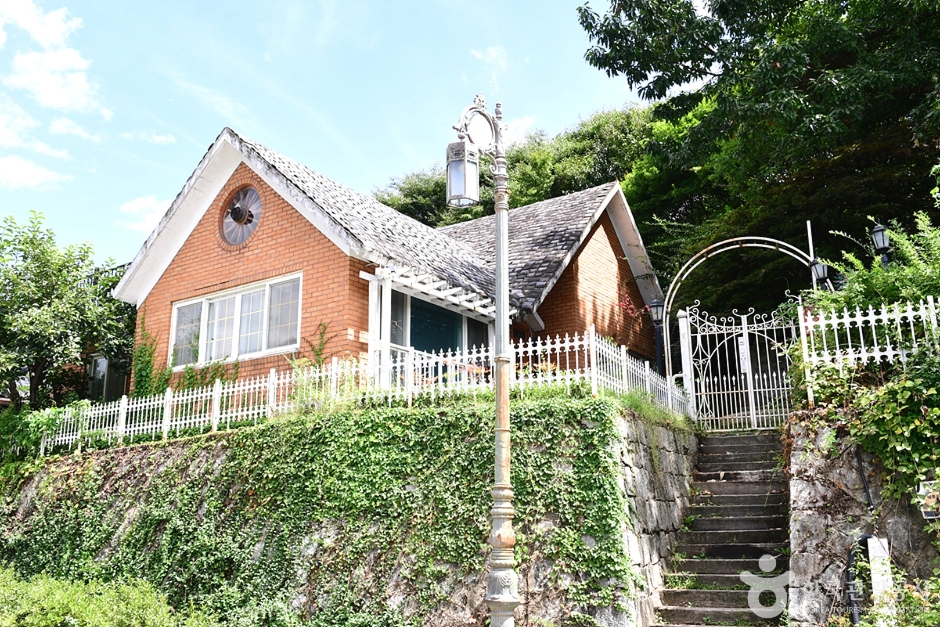
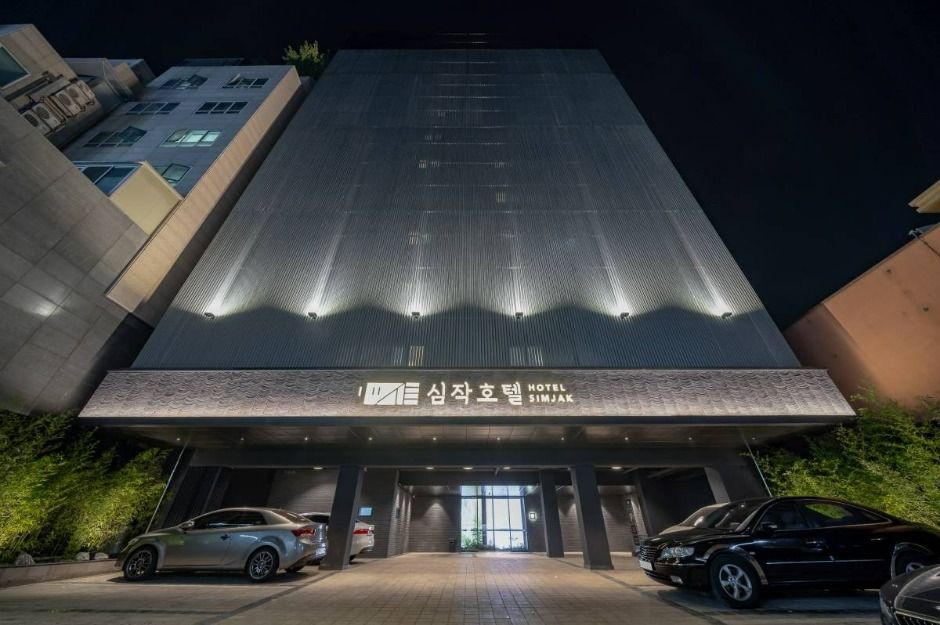
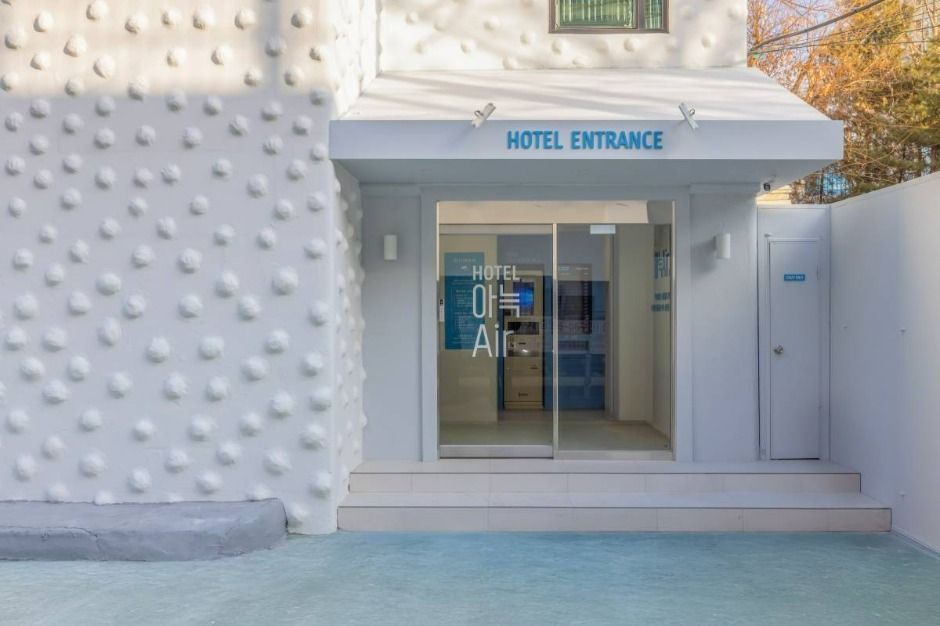
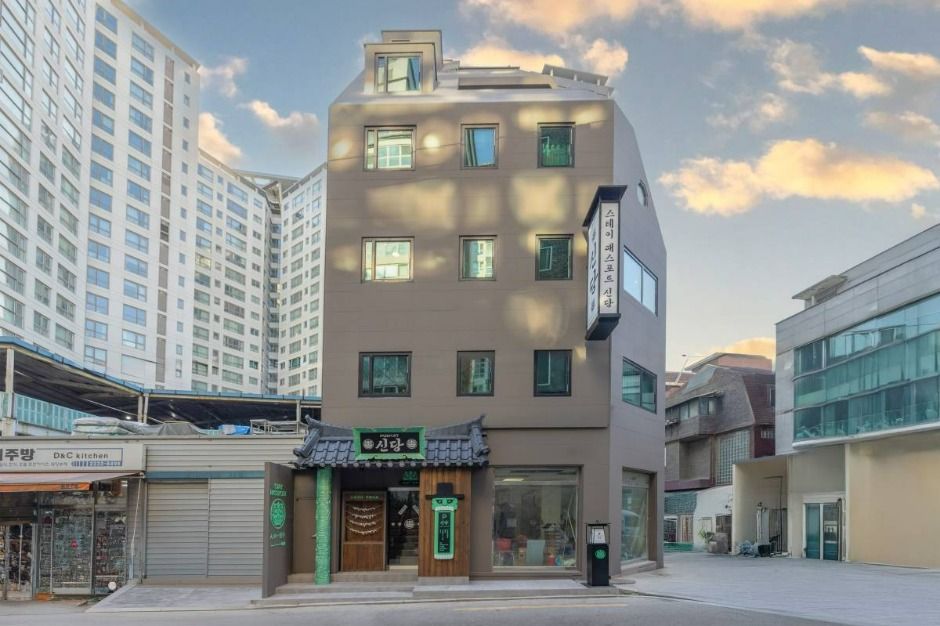
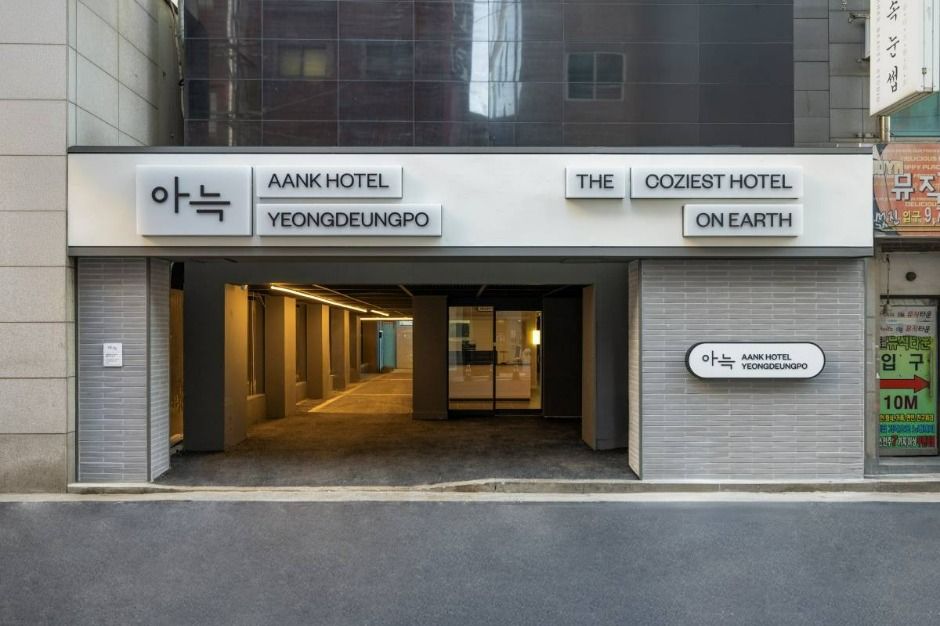
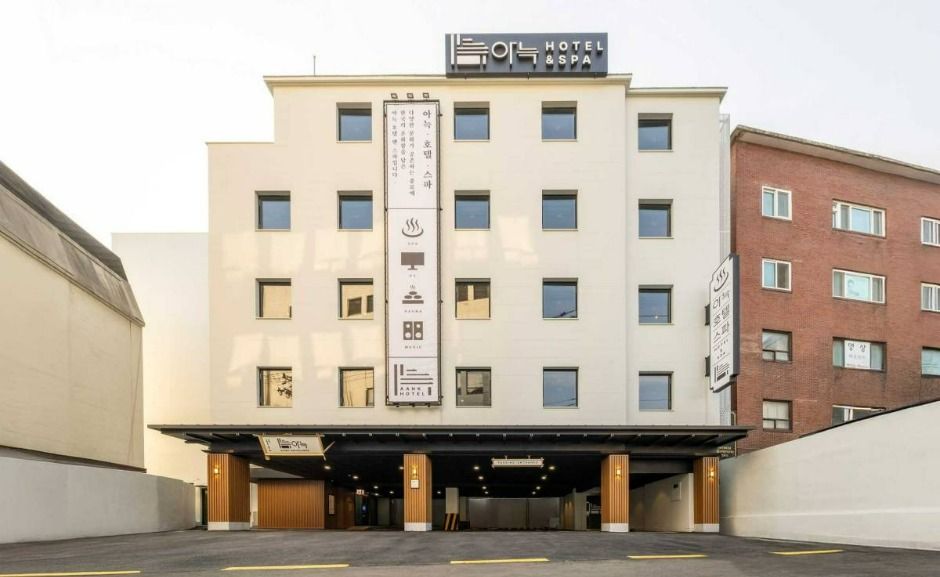
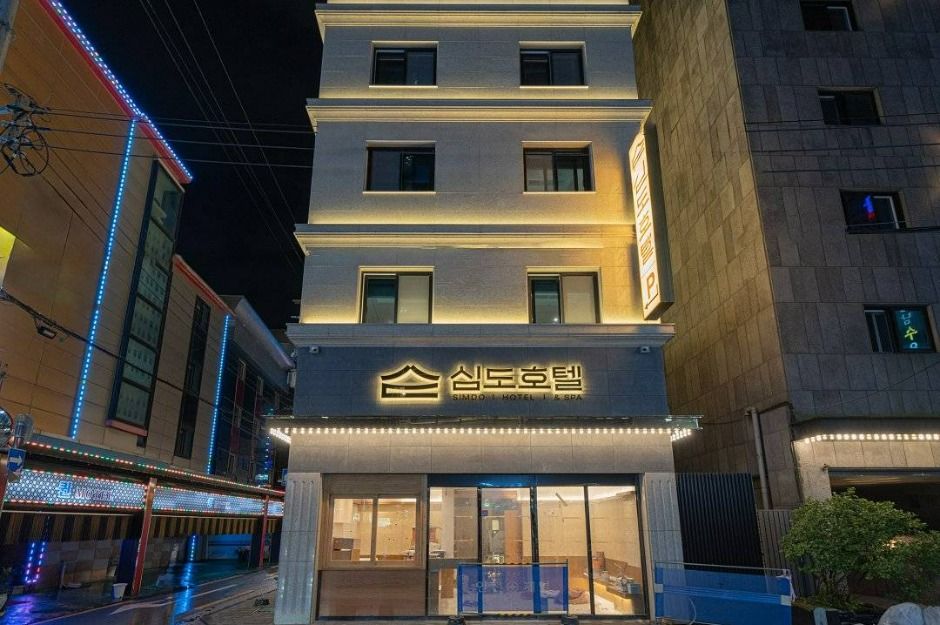
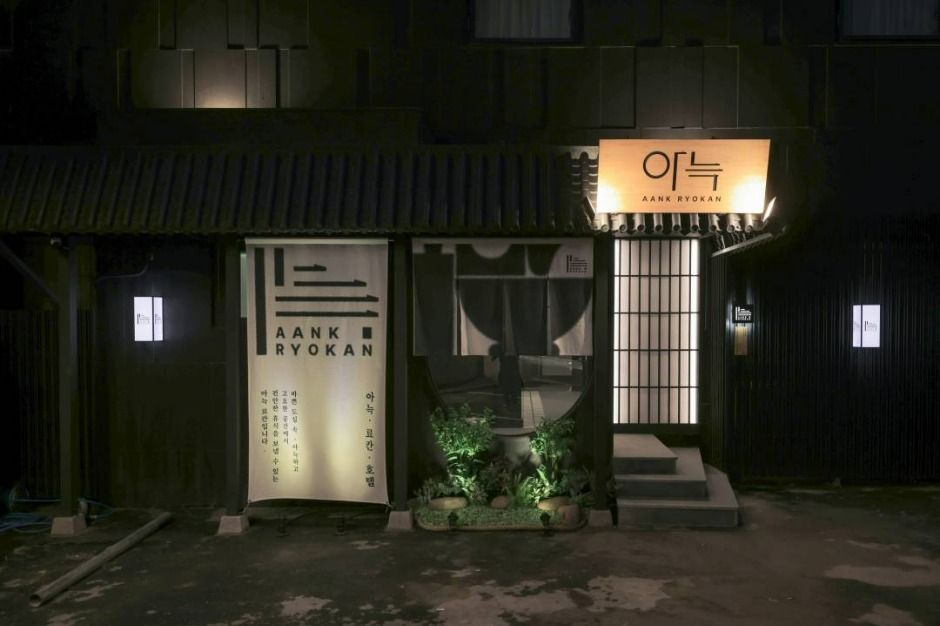
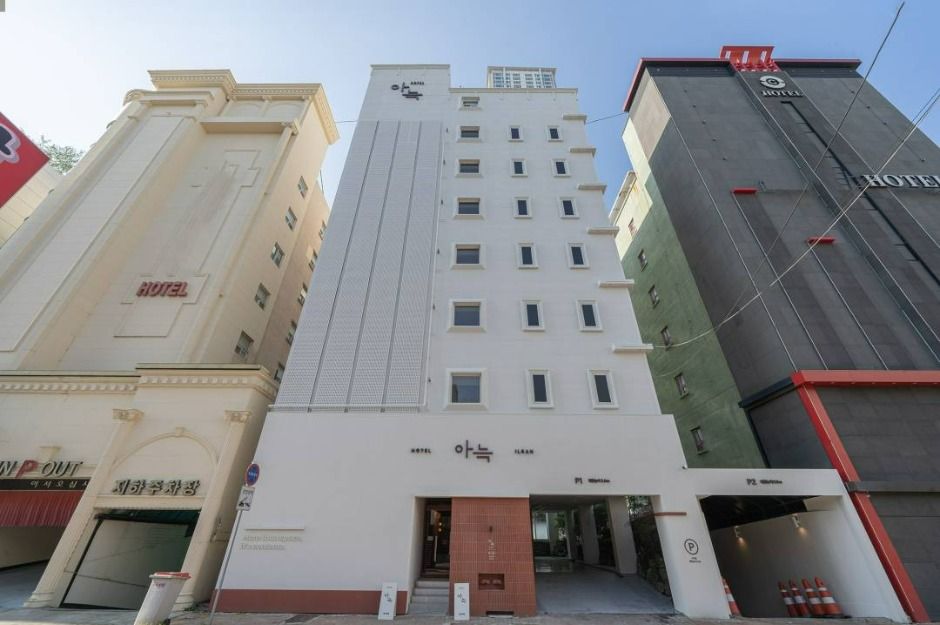
 Español
Español
 한국어
한국어 English
English 日本語
日本語 中文(简体)
中文(简体) Deutsch
Deutsch Français
Français Русский
Русский